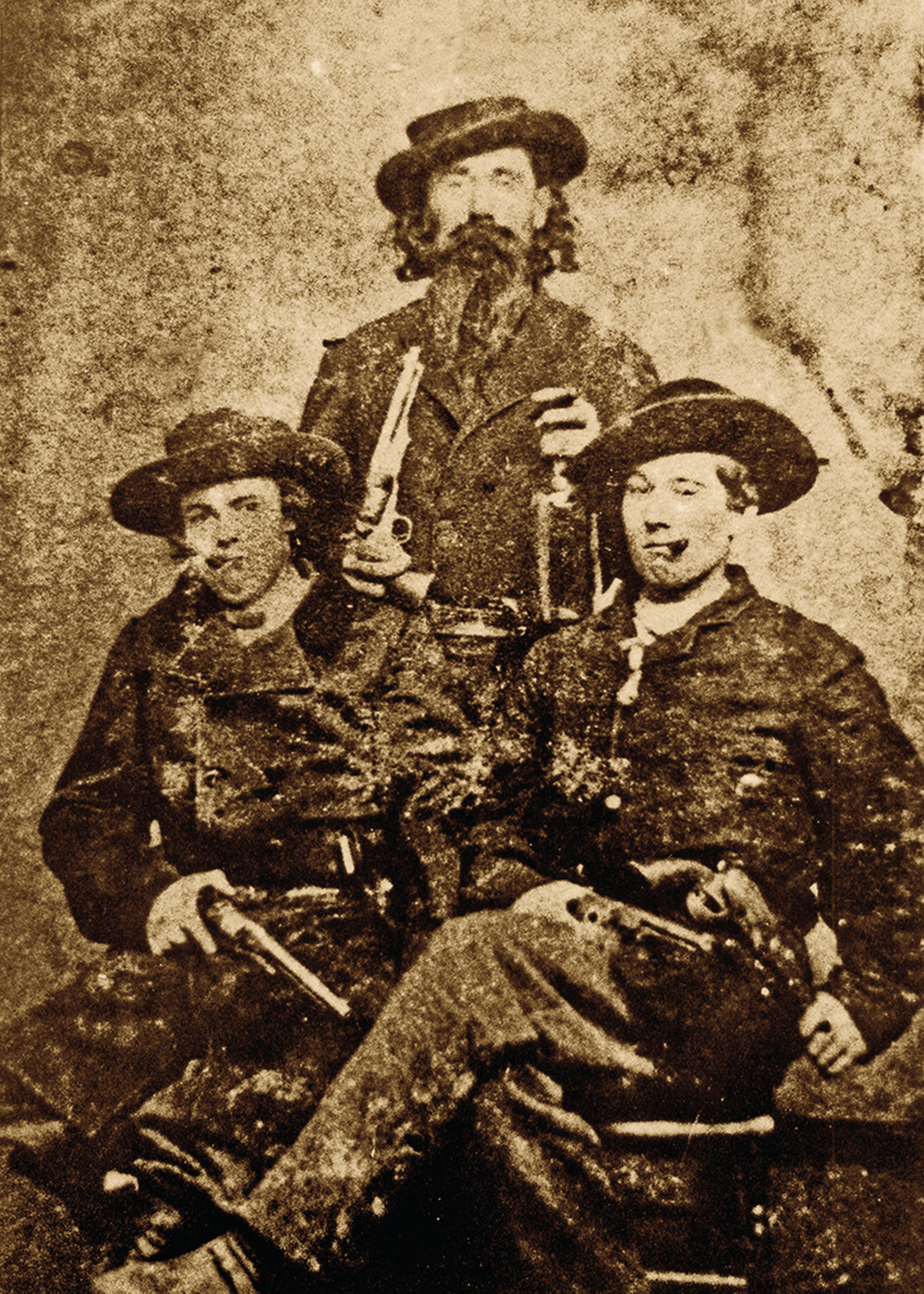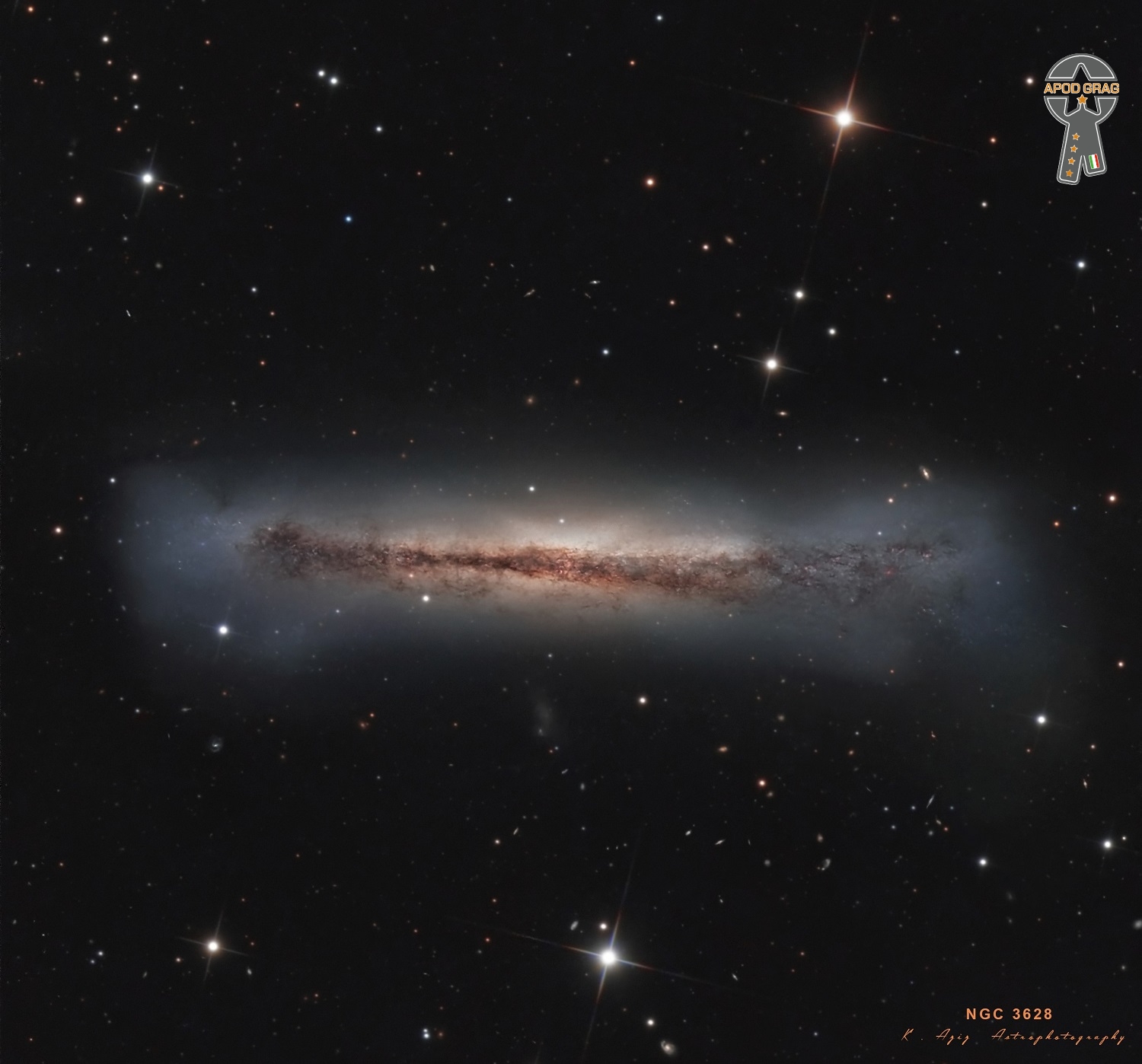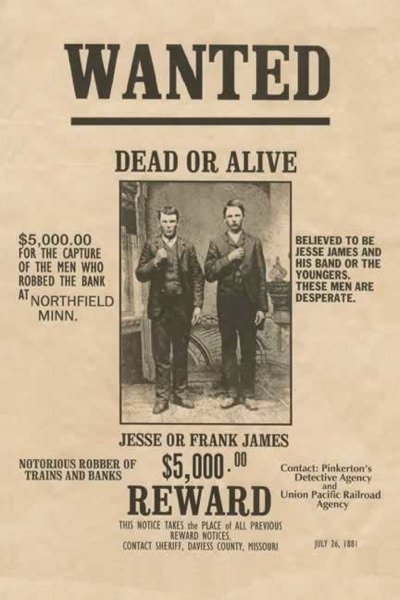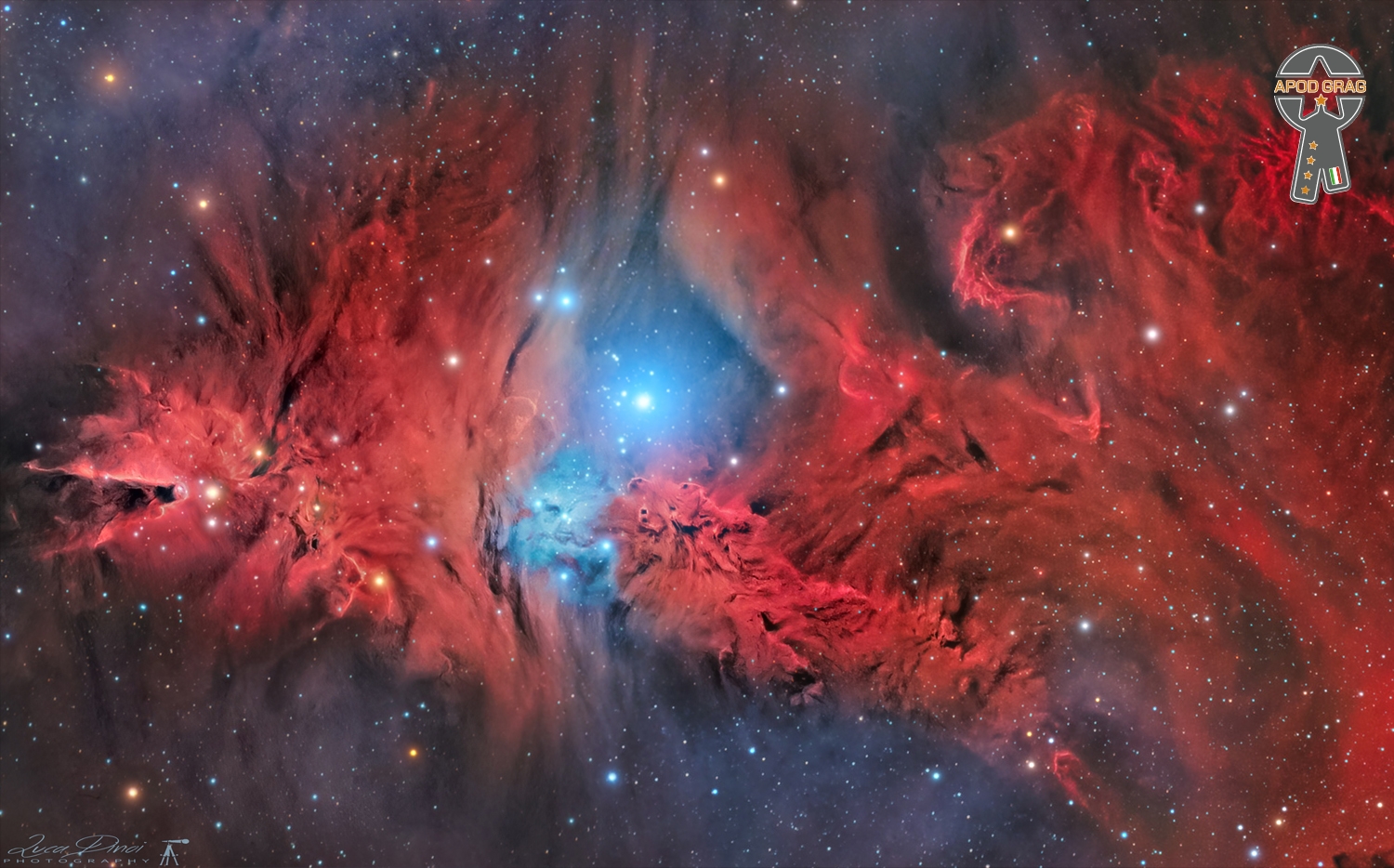Blog
Rita Coolidge (born May 1, 1945) is an American recording artist. During the 1970s and 1980s, her songs were on Billboard magazine’s pop, country, adult contemporary, and jazz charts, and she won two Grammy Awards with fellow musician and then-husband Kris Kristofferson. Her recordings include “(Your Love Keeps Lifting Me) Higher and Higher,” “We’re All Alone“, “I’d Rather Leave While I’m in Love“, and the theme song for the 1983 James Bond film Octopussy: “All Time High“.
Coolidge was born in Lafayette, Tennessee. She is the daughter of Dick and Charlotte Coolidge, a minister and schoolteacher, with sisters Linda and Priscilla, and brother Raymond.She is of Cherokee and Scottish ancestry. She attended Nashville’s Maplewood High School and graduated from Andrew Jackson Senior High School in Jacksonville, Florida. Coolidge is a graduate of Florida State University. She is a member of Alpha Gamma Delta sorority.
more...Judith Marjorie Collins (born May 1, 1939) is an American singer-songwriter and musician with a career spanning seven decades. An Academy Award-nominated documentary director and a Grammy Award-winning recording artist, she is known for her eclectic tastes in the material she records (which has included folk music, country, show tunes, pop music, rock and roll and standards), for her social activism, and for the clarity of her voice. Her discography consists of 36 studio albums, nine live albums, numerous compilation albums, four holiday albums, and 21 singles.
Collins’ debut studio album, A Maid of Constant Sorrow, was released in 1961 and consisted of traditional folk songs. She had her first charting single with “Hard Lovin’ Loser” (No. 97) from her fifth studio album In My Life (1966), but it was the lead single from her sixth studio album Wildflowers (1967), “Both Sides, Now” – written by Joni Mitchell – that gave her international prominence. The single reached No. 8 on the BillboardPop Singles chart and won Collins her first Grammy Award for Best Folk Performance. She enjoyed further success with her recordings of “Someday Soon“, “Chelsea Morning” (also written by Mitchell), “Amazing Grace“, “Turn! Turn! Turn!“, and “Cook with Honey”.
Collins experienced the biggest success of her career with her recording of Stephen Sondheim‘s “Send in the Clowns” from her tenth studio album Judith (1975). The single peaked at No. 36 on the Billboard Pop Singles chart in 1975 and then again in 1977 at No. 19, spending 27 non-consecutive weeks on the chart and earning her a Grammy Award nomination for Best Pop Vocal Performance, Female, as well as a Grammy Award for Sondheim for Song of the Year. Judith would also become her best-selling studio album; it was certified Gold by the RIAA in 1975 for sales of over 500,000 copies and Platinum in 1996 for sales of over 1,000,000 copies.
In 2017, Collins’s rendition of the song “Amazing Grace” was selected for preservation in the National Recording Registry by the Library of Congress as being “culturally, historically, or artistically significant”.That same year, she received a Grammy Award nomination for Best Folk Album for Silver Skies Blue with Ari Hest. In 2019 at the age of 80, she scored her first No. 1 album on an American Billboard Chart with Winter Stories, a duet album with Norwegian singer, songwriter, and guitarist Jonas Fjeld featuring Chatham County Line. In 2022, she released her first studio album of all original material, entitled Spellbound.
Collins was born the eldest of five siblings in Seattle, Washington, where she spent the first ten years of her life. Her father (a blind singer, pianist and radio show host) took a job in Denver, Colorado, in 1949, and the family moved there. Her grandfather was Irish.
more...Ira Sullivan (May 1, 1931 – September 21, 2020) was an American jazz trumpeter, flugelhornist, flautist, saxophonist, and composer born in Washington, D.C., United States. An active musician since the 1950s, he often worked with Red Rodney and Lin Halliday.
Sullivan was born on May 1, 1931, in Washington, D.C., United States. His father taught him to play the trumpet beginning at age 31⁄2, and his mother taught him saxophone. He played in 1950s Chicago, Illinois, with such musicians as Charlie Parker, Lester Young, Wardell Gray and Roy Eldridge, gaining a reputation as a fearsome bebop soloist. After playing briefly with Art Blakey in 1956, and mastering alto and baritone saxophone, Sullivan moved south to Florida and out of the spotlight in the early 1960s.[3] His reluctance to travel limited his opportunities to play with musicians of the first rank, but Sullivan continued to play in the Miami area, often in schools and churches. Contact with local younger players, such as Jaco Pastorius and Pat Metheny led to teaching and to a broadening of his own musical roots to include the stylings of John Coltrane‘s jazz rock.
more...Shirley Valerie Horn (May 1, 1934 – October 20, 2005) was an American jazz singer and pianist. She collaborated with many jazz musicians including Miles Davis, Dizzy Gillespie, Toots Thielemans, Ron Carter, Carmen McRae, Wynton Marsalis and others. She was most noted for her ability to accompany herself with nearly incomparable independence and ability on the piano while singing, something described by arranger Johnny Mandel as “like having two heads”, and for her rich, lush voice, a smoky contralto, which was described by noted producer and arranger Quincy Jones as “like clothing, as she seduces you with her voice”.
Shirley Horn was born and raised in Washington, D.C. Encouraged by her grandmother, an amateur organist, Horn began piano lessons at the age of four. Aged 12, she studied piano and composition at Howard University, later graduating from there in classical music. Horn was offered a place at the Juilliard School, but her family could not afford to send her there. Horn formed her first jazz piano trio when she was 20.
more...Marion Walter Jacobs (May 1, 1930 – February 15, 1968), known as Little Walter, was an American bluesmusician, singer, and songwriter, whose revolutionary approach to the harmonica had a strong impact on succeeding generations, earning him comparisons to such seminal artists as Django Reinhardt, Charlie Parker and Jimi Hendrix. His virtuosity and musical innovations fundamentally altered many listeners’ expectations of what was possible on blues harmonica. He was inducted into The Rock and Roll Hall of Fame in 2008, the first and, to date, only artist to be inducted specifically as a harmonica player.
Jacobs’ date of birth is usually given as May 1, 1930, in Marksville, Louisiana. He was born without a birth certificate and when he applied for a Social Security card in 1940, his birthdate was listed as May 1, 1923. Over the years he often gave different years, but May 1 was constant. In some other documents he filled out before reaching the age of majority he indicated birth years of 1925 and 1928, probably to appear to be of legal age to sign contracts for recordings and club work.
more...
Featured is a high-resolution view of the magnificent spiral galaxy NGC 3628 and its galactic disk inflated and divided by dark dust lanes. Of course, this galactic portrait recalls its popular nickname: the Hamburger Galaxy!
Located about 35 million light-years away from us in the direction of the Leo constellation, NGC 3628 shares its neighborhood with two other large spiral galaxies : M65 and M66 in a famous group known as the Leo Triplet. Gravitational interactions with its cosmic neighbors are responsible for the extension and deformation of this spiral’s disk visible in the image.

Beres Hammond OJ (born Hugh Beresford Hammond; 28 August 1955, in Annotto Bay, Saint Mary, Jamaica) is a Jamaican reggae singer known in particular for his lovers rock music. While his career began in the 1970s, he reached his greatest success in the 1990s.
Born the ninth of ten children, Hammond grew up listening to his father’s collection of American souland jazz music including Sam Cooke and Otis Redding. He was further influenced by the native music of ska and rocksteady, in particular Alton Ellis.
more...Joseph Thomas “Coke” Escovedo (April 30, 1941 – July 13, 1986) was an American percussionist, who came from a prominent musical family including five musician brothers and his niece, Sheila E. He played in various genres, including R&B, jazz fusion and soul, with bands including Santana, Malo, Cal Tjader, and Azteca.
Escovedo was born in Los Angeles, California, the son of Pedro Escovedo, a plumber and amateur musician, who had immigrated from Mexico at age 12, and Anita (née Valenzuela). Escovedo grew up in the East Bay region of the San Francisco Bay Area. He developed an early interest in jazz and Latin music through exposure gained from his father Pedro, an aspiring big band singer, and eventually gravitated to drums and Latin percussion. Coke’s older brother, fellow percussionist Pete Escovedo, recruited Escovedo for a local Latin jazz combo led by pianist Carlos Federico. The Federico combo evolved into the Escovedo Brothers Band, which also counted Pete, bassist brother Phil Escovedo, saxophonist-flautist Mel Martin and trombonist Al Bent among its regular members.
more...Reverend Gary Davis, also Blind Gary Davis (born Gary D. Davis, April 30, 1896 – May 5, 1972), was a blues and gospel singer who was also proficient on the banjo, guitar and harmonica. Born in Laurens, South Carolina and blind since infancy, Davis first performed professionally in the Piedmont blues scene of Durham, North Carolina in the 1930s, then converted to Christianity and became a minister. After moving to New York in the 1940s, Davis experienced a career rebirth as part of the American folk music revival that peaked during the 1960s. Davis’ most notable recordings include “Samson and Delilah“ and “Death Don’t Have No Mercy“.
Davis’ fingerpicking guitar style influenced many other artists. His students included Stefan Grossman, David Bromberg, Steve Katz, Roy Book Binder, Larry Johnson, Nick Katzman, Dave Van Ronk, Rory Block, Ernie Hawkins, Larry Campbell, Bob Weir, Woody Mann, and Tom Winslow. He also influenced Bob Dylan, the Grateful Dead, Wizz Jones, Jorma Kaukonen, Keb’ Mo’, Ollabelle, Resurrection Band, and John Sebastian(of the Lovin’ Spoonful).
Davis was born in Laurens, South Carolina in the Piedmont region. Of the eight children his mother bore, he was one of two who survived to adulthood.
more...Percy Heath (April 30, 1923 – April 28, 2005) was an American jazz bassist, brother of saxophonist Jimmy Heath and drummer Albert Heath, with whom he formed the Heath Brothers in 1975. Heath played with the Modern Jazz Quartet throughout their long history and also worked with Miles Davis, Dizzy Gillespie, Charlie Parker, Wes Montgomery, and Thelonious Monk.
Heath was born in Wilmington, North Carolina, United States, and spent his childhood in Philadelphia. His father played the clarinet and his mother sang in the church choir. He started playing violin at the age of eight and also sang locally. He was drafted into the Army in 1944, trained with the Tuskegee Airmen, graduating as a 2nd Lieutenant pilot, but saw no combat.
more...OPENING NIGHT for The Defeat of Jesse James at the History Theater in St Paul. Music with Raymond Berg, Kam Markworth, Christian Wheeler and mick laBriola. History Theater 730pm Saturday April 29th 2023

NGC 2264 indicates a bright open cluster surrounded by a large system of diffuse nebulosities, within the constellation of the Unicorn.
In fact, the first striking feature when exploring this area of the sky with binoculars is a group of about twenty blue stars, dominated by the star S Monocerotis, of magnitude between the fifth and ninth, arranged in a triangle, with the vertex pointed towards the south, a feature that in the southern hemisphere (where the top appears to be pointing upwards) makes it similar to a Christmas tree (the latter is the proper name of the cluster).
In the southern apex of the cluster, if observed with a Newtonian telescope with the aid of a filter, a nebula becomes evident, in the edge of which there is a dark patch in the shape of a cone with the tip directed towards the apex of the shaft of Christmas; this structure has made the cloud famous with the proper name of the Cone Nebula. A vast fainter nebulosity also extends to the northwest of the cluster, clearly visible in long-exposure photos.

Raymundo “Ray” Barretto Pagán (April 29, 1929 – February 17, 2006) was an American percussionist and bandleader of Puerto Rican descent. Throughout his career as a percussionist, he played a wide variety of Latin music styles, as well as Latin jazz. His first hit, “El Watusi,” was recorded by his Charanga Moderna in 1962, becoming the most successful pachanga song in the United States. In the late 1960s, Barretto became one of the leading exponents of boogaloo and what would later be known as salsa. Nonetheless, many of Barretto’s recordings would remain rooted in more traditional genres such as son cubano. A master of the descarga (improvised jam session), Barretto was a long-time member of the Fania All-Stars. His success continued into the 1970s with songs such as “Cocinando” and “Indestructible.” His last album for Fania Records, Soy dichoso, was released in 1990. He then formed the New World Spirit jazz ensemble and continued to tour and record until his death in 2006. Barretto was born on April 29, 1929, in New York City. His parents moved to New York from Puerto Rico in the early 1920s, looking for a better life. His father left their family when Barretto was four, and his mother Delores moved the family to the Bronx.
more...Willie Hugh Nelson (born April 29, 1933 Abbott, TX) is an American singer, songwriter, musician, political activist and actor. He was one of the main figures of outlaw country, a subgenre of country music that developed in the late 1960s as a reaction to the conservative restrictions of the Nashville sound. The critical success of his album Shotgun Willie (1973), combined with the critical and commercial success of Red Headed Stranger(1975) and Stardust (1978), made Nelson one of the most recognized artists in country music. Nelson has acted in over 30 films, co-authored several books, and has been involved in activism for the use of biofuelsand the legalization of marijuana.
Born during the Great Depression and raised by his grandparents, Nelson wrote his first song at age seven and joined his first band at ten. During high school, he toured locally with the Bohemian Polka as their lead singer and guitar player. After graduating from high school in 1950, he joined the U.S. Air Force but was later discharged due to back problems. After his return, Nelson attended Baylor University for two years but dropped out because he was succeeding in music. He worked as a disc jockey at radio stations in his native Texas, and in several radio stations in the Pacific Northwest, all the while working as a singer and songwriter throughout the late 1950s. During that time, he wrote songs that would become country standards, including “Funny How Time Slips Away“, “Hello Walls“, “Pretty Paper“, and “Crazy“. In 1960 he moved to Nashville, Tennessee, and later signed a publishing contract with Pamper Music which allowed him to join Ray Price’sband as a bassist. In 1962, he recorded his first album, …And Then I Wrote. Due to this success, Nelson signed in 1964 with RCA Victor and joined the Grand Ole Opry the following year. After mid-chart hits in the late 1960s and the early 1970s, Nelson grew weary of the corporate Nashville music scene, and in 1972 he moved to Austin, Texas. The ongoing music scene of Austin motivated Nelson to return to performing, appearing frequently at the Armadillo World Headquarters.
In 1973, after signing with Atlantic Records, Nelson turned to outlaw country, including albums such as Shotgun Willie and Phases and Stages. In 1975, he switched to Columbia Records, where he recorded the critically acclaimed album Red Headed Stranger. The same year, he recorded another outlaw country album, Wanted! The Outlaws, along with Waylon Jennings, Jessi Colter, and Tompall Glaser. During the mid-1980s, while creating hit albums like Honeysuckle Rose and recording hit songs like “On the Road Again“, “To All the Girls I’ve Loved Before“, and “Pancho and Lefty“, he joined the country supergroup The Highwaymen, along with fellow singers Johnny Cash, Waylon Jennings, and Kris Kristofferson. In 1985, he helped organize the first Farm Aid concert to benefit American farmers; the concerts have been held annually ever since and Nelson has been a fixture, appearing at every one.
In 1990, Nelson’s assets were seized by the Internal Revenue Service, which claimed that he owed $32 million. The difficulty of paying his outstanding debt was aggravated by weak investments he had made during the 1980s. In 1992, Nelson released The IRS Tapes: Who’ll Buy My Memories?; the profits of the double album—destined to the IRS—and the auction of Nelson’s assets cleared his debt. During the 1990s and 2000s, Nelson continued touring extensively, and released albums every year. Reviews ranged from positive to mixed. He explored genres such as reggae, blues, jazz, and folk.
Nelson made his first movie appearance in the 1979 film The Electric Horseman, followed by other appearances in movies and on television. Nelson is a major liberal activist and the co-chair of the advisory board of the National Organization for the Reform of Marijuana Laws (NORML), which is in favor of marijuana legalization. On the environmental front, Nelson owns the biodiesel brand Willie Nelson Biodiesel, whose product is made from vegetable oil. Nelson is also the honorary chairman of the advisory board of the Texas Music Project, the official music charity of the state of Texas.
more...Jean-Baptiste Frédéric Isidor, Baron Thielemans (29 April 1922 – 22 August 2016), known professionally as Toots Thielemans, was a Belgian jazz musician. He was mostly known for playing the chromatic harmonica, as well as his guitar and whistling skills, and composing. According to jazz historian Ted Gioia, his most important contribution was in “championing the humble harmonica”, which Thielemans made into a “legitimate voice in jazz”. He eventually became the “preeminent” jazz harmonica player.
His first professional performances were with Benny Goodman‘s band when they toured Europe in 1949 and 1950. He emigrated to the U.S. in 1951, becoming a citizen in 1957. From 1953 to 1959 he played with George Shearing, and then led his own groups on tours in the U.S. and Europe. In 1961 he recorded and performed live one of his own compositions, “Bluesette“, which featured him playing guitar and whistling. In the 1970s and 1980s, he continued touring and recording, appearing with musicians such as Oscar Peterson, Ella Fitzgerald, Sarah Vaughan, Bill Evans, Dizzy Gillespie, Kenny Werner, Pat Metheny, Jaco Pastorius, Mina Mazzini, Elis Regina, Quincy Jones, George Shearing, Natalie Cole, Billy Joel, Paul Simon, and Paquito D’Rivera.
Thielemans recorded the soundtracks for The Pawnbroker (1964), Midnight Cowboy (1969), The Getaway(1972), Cinderella Liberty (1973), The Sugarland Express (1974) and Looking for Mr. Goodbar (1977). His harmonica theme song for the popular Sesame Street TV show was heard for 40 years. He often performed and recorded with Quincy Jones, who once called him “one of the greatest musicians of our time.” In 2009 he was designated a Jazz Master by the National Endowment for the Arts, the highest honor for a jazz musician in the United States.
more...More Posts
- Hal Overton Day
- World Music with José Antonio Rodríguez
- Daily Roots with the Revolutionaries
- The Cosmos with Caldwell 49
- Joe La Barbera Day
- Ernie K Doe Day
- Joe Wilder Day
- World Music with Limbrant
- Daily Roots with Althea & Donna
- RHYTHM ROOTS WORKSHOP 2-21-18
- The Cosmos with NGC 7822
- Hiroshi Fukumura Day
- Nina Simone Day
- Al Sears Day
- World Music with Andy Palacio
- Daily Roots with Tappa Zukie
- RHYTHM ROOTS WORKSHOP 2-20-18
- The Cosmos with Sh2 155
- Leroy Jones Day
- Charles Kynard Day